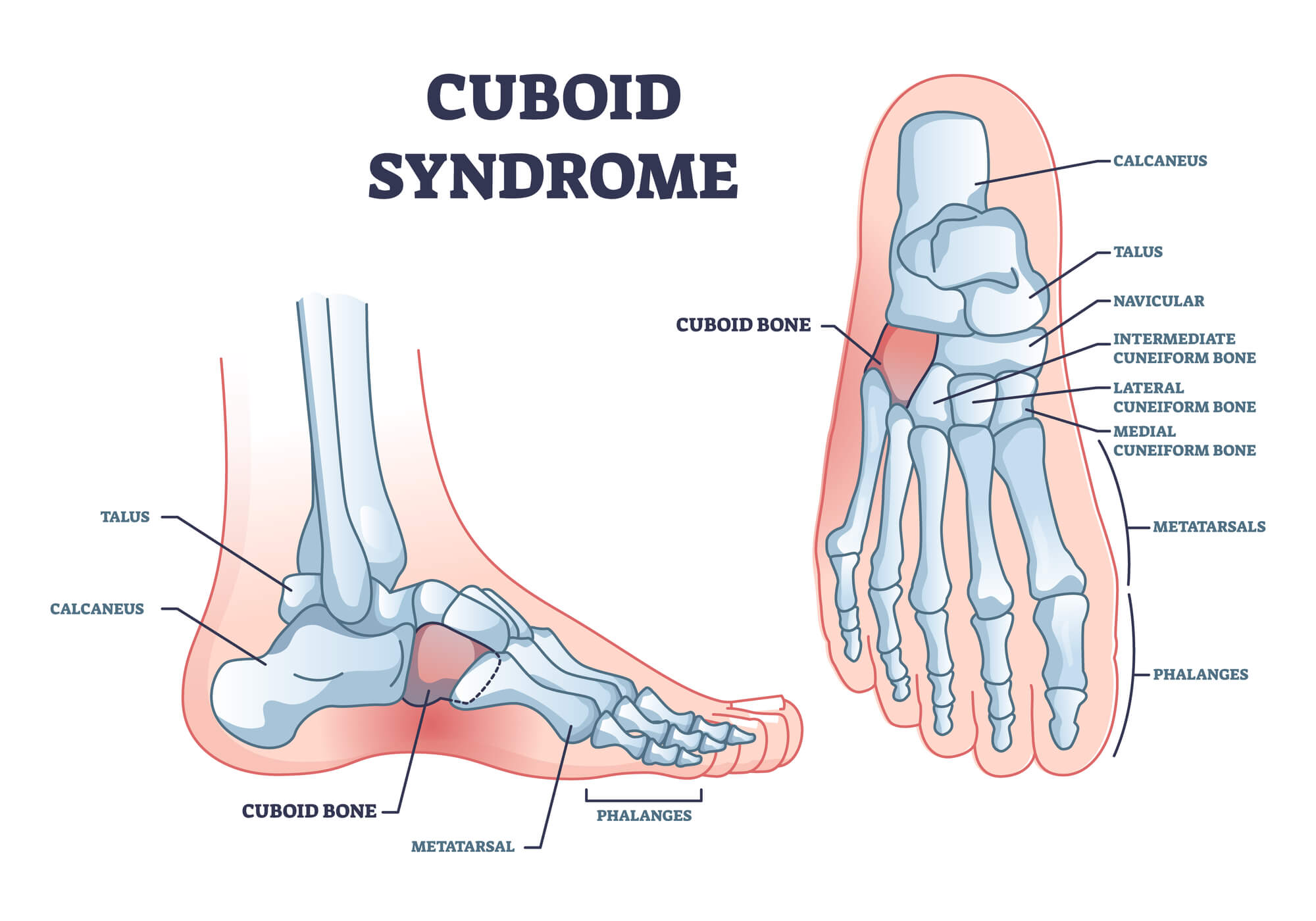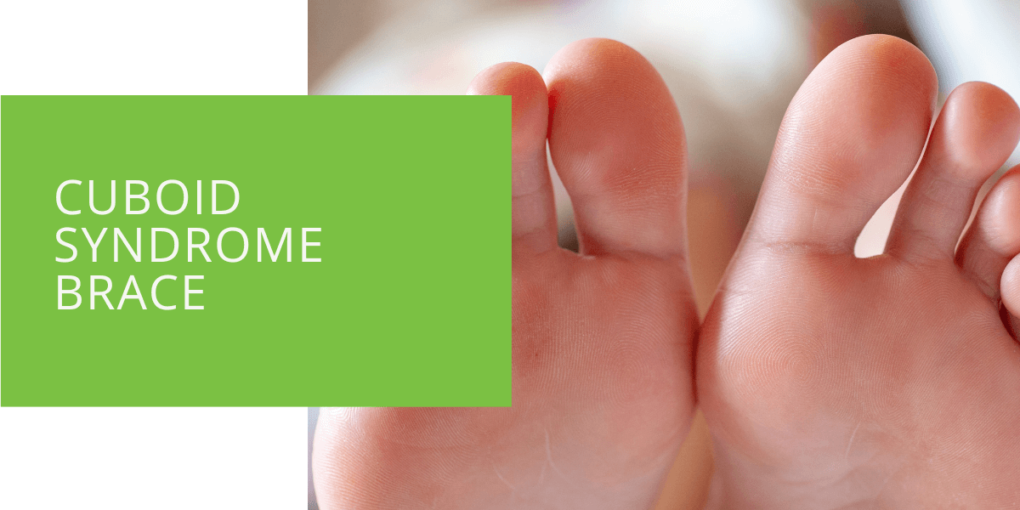Exploring Cuboid Syndrome Braces
Cuboid syndrome, though less prevalent than some other foot conditions, can significantly impact one's quality of life by causing discomfort and hindering mobility. Fortunately, advancements in treatment options, such as cuboid syndrome braces, have relieved many individuals dealing with this ailment. In this comprehensive guide, we'll delve into the intricacies of cuboid syndrome braces, their various types, their wide array of benefits, and essential factors to consider when selecting the most suitable brace for your needs.
Key Takeaways
- Cuboid syndrome braces provide targeted support and stabilization for the cuboid bone and surrounding structures, alleviating pain and promoting proper alignment.
- Custom-made braces offer superior comfort and effectiveness, particularly for severe or chronic cases of cuboid syndrome. In contrast, off-the-shelf braces provide a convenient solution for mild to moderate symptoms.
- Proper selection, fitting, and use of cuboid syndrome braces and comprehensive foot care practices can enhance mobility, prevent further injury, and improve overall foot health.
Understanding Cuboid Syndrome Braces
Cuboid syndrome braces, also referred to as orthotic devices, serve a critical role in the management of cuboid syndrome by stabilizing the cuboid bone and surrounding structures in the foot. They are meticulously designed to provide support, alleviate pain, and promote proper alignment, thus facilitating healing and improving overall foot health.
These braces are engineered with the specific biomechanical needs of cuboid syndrome. By addressing the underlying issues contributing to the condition, such as instability or misalignment, cuboid syndrome braces help restore balance and function to the affected foot.
Types of Cuboid Syndrome Braces
Regarding cuboid syndrome braces, individuals have several options, each offering unique benefits and functionalities tailored to different needs and preferences. Let's explore the main types:
- Off-the-shelf braces: These braces are readily available and offer a convenient solution for individuals with mild to moderate symptoms of cuboid syndrome. They typically feature adjustable straps and cushioning to provide customizable support and comfort, making them suitable for daily wear.
- Custom-made braces: Crafted to fit the individual's foot anatomy precisely, custom-made braces offer superior stability and effectiveness, particularly for severe or chronic cases of cuboid syndrome. They are meticulously designed based on detailed measurements and assessments, ensuring optimal support and alignment for each patient's unique foot structure.
Custom-made braces are often recommended for individuals with complex foot anatomy or biomechanical issues that require personalized attention. Through advanced technologies and skilled craftsmanship, these braces provide tailored support, addressing specific areas of weakness or instability to promote optimal healing and function.

Benefits of Using Cuboid Syndrome Braces
Utilizing cuboid syndrome braces can yield many benefits beyond just pain relief. Here are some key advantages:
- Pain relief: By stabilizing the foot and reducing strain on the affected area, cuboid syndrome braces help alleviate discomfort and promote a more comfortable walking experience.
- Improved mobility: With proper support and alignment provided by the braces, individuals experience enhanced mobility and functionality, allowing them to engage in daily activities with greater ease and confidence.
- Prevention of further injury: Cuboid syndrome braces alleviate existing symptoms and help prevent additional damage to the foot by providing stability and support. This proactive approach reduces the risk of future injuries and promotes long-term foot health.
In addition to the immediate benefits of pain relief and improved mobility, cuboid syndrome braces contribute to overall foot health by addressing underlying issues and promoting proper alignment and function. By stabilizing the foot and reducing excessive movement, these braces minimize the risk of recurrent injuries and facilitate long-term healing and recovery.
Choosing the Right Cuboid Syndrome Brace
Selecting the most suitable cuboid syndrome brace requires careful consideration of various factors to ensure optimal fit, comfort, and effectiveness. Here's what to keep in mind:
- Consultation with a specialist: Seeking guidance from a qualified podiatrist or orthopedic specialist is essential to receive personalized recommendations and determine the most suitable brace for your specific condition and needs.
- Consideration of individual needs: Factors such as the severity of symptoms, foot morphology, and lifestyle requirements should be considered when selecting a cuboid syndrome brace. Custom-made braces offer a precise fit and tailored support, making them ideal for individuals with unique foot anatomy or biomechanical issues.
- Customization options: Custom-made braces offer precise fit and tailored support, making them ideal for individuals with unique foot anatomy or complex biomechanical issues. These braces are crafted based on detailed measurements and assessments, ensuring optimal support and alignment for each patient's needs.
Selecting the right cuboid syndrome brace is a collaborative effort between the patient and their healthcare provider. By considering individual factors and preferences, as well as the expertise of a specialist, individuals can make informed decisions and receive the most suitable brace for their condition.
Conclusion
Cuboid syndrome braces are invaluable in managing cuboid syndrome, offering pain relief, stability, and support for the affected foot. At ePodiatrists, our experienced team provides comprehensive diagnostic and treatment services, including fitting custom orthotics and braces tailored to your needs. Don't let foot pain hold you back – schedule an appointment with us today and take the first step towards a healthier, more active lifestyle.

